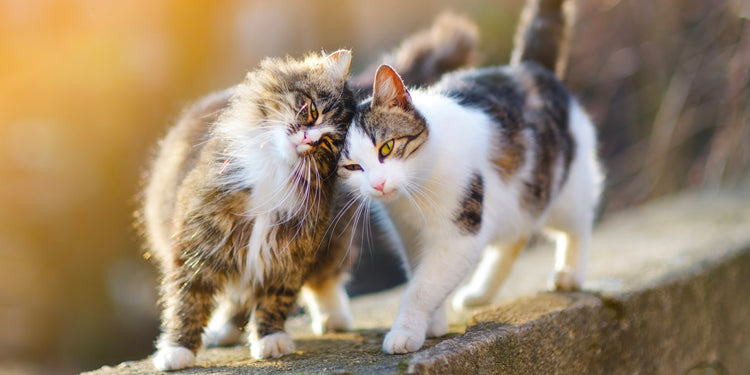FACTS
-
1
In the United States, every day, 70,000 (or more!) puppies and kittens are born. Every day 10,000 humans are born.
-
2
“No homes for littermates” is one of the top ten reasons people relinquish their cats and dogs to shelters.
-
3
The top reason both cat guardians and dog guardians give for not having their pet altered is that they simply have not bothered to do it yet.
-
4
Twenty percent of cat guardians think their cat is too young to be altered, and 18% say they are not able to afford spay/neuter surgery.
-
5
Twenty-one percent of dog guardians want to breed their dog, and 13% think their dog is too young to be altered.
-
6
An estimated 11 million cats and dogs are killed in shelters each year.
-
7
Tens of millions of stray and feral cats struggle to survive on their own outdoors. Although some are altered and live in managed colonies, most are not altered and receive no health care. They reproduce at will and many suffer from illness or injury before dying.
-
8
Approximately 61% of all dogs and 75% of all cats entering shelters are destroyed.
-
9
Tens of millions of stray and feral cats struggle to survive on their own outdoors. Although some are altered and live in managed colonies, most are not altered and receive no health care. They reproduce at will and many suffer from illness or injury before dying.
-
10
Over half (56%) of dog guardians and nearly two-thirds (63%) of cat guardians rank pet overpopulation as the most important pet issue.
-
11
In a study of relinquishment of cats and dogs in 12 U.S. animal shelters, 30% of the surrendered dogs were purebreds.
-
12
The same study indicated that 55% of the surrendered dogs and 47% of the surrendered cats were unaltered.
-
13
It costs U.S. taxpayers an estimated $2 billion each year to round up, house, kill, and dispose of homeless animals.
-
14
In the United States it is estimated that an animal is euthanized every 1.5 seconds (In the time it took to read this, about 10 animals have been destroyed).
-
15
Spaying a dog or cat eliminates her heat cycle. The heat cycle, called estrus, lasts an average of 6-12 days, often twice a year, in dogs and average of about a week, three or more times a year, in cats. Females in heat can cry incessantly, show nervous behavior, and attract unwanted males.
-
16
Neutering a male makes them less likely to mark their territory.
-
17
Females are less likely to develop cancer or pyometris, a common uterine infection in unaltered females. If spayed before her first heat, a female is 200 times less likely to develop breast cancer.
-
18
Males are less likely to suffer infections or disorders in the reproductive or prostate glands or develop urinary problems, which can lead to kidney disease, the most common problem in unaltered males over five years old. Unaltered males typically spray urine to mark their territory both inside and outside the home. Neutering at a young age can often help eliminate this problem. However it is never to late! Neutering an older dog can often help curb this behavior.


